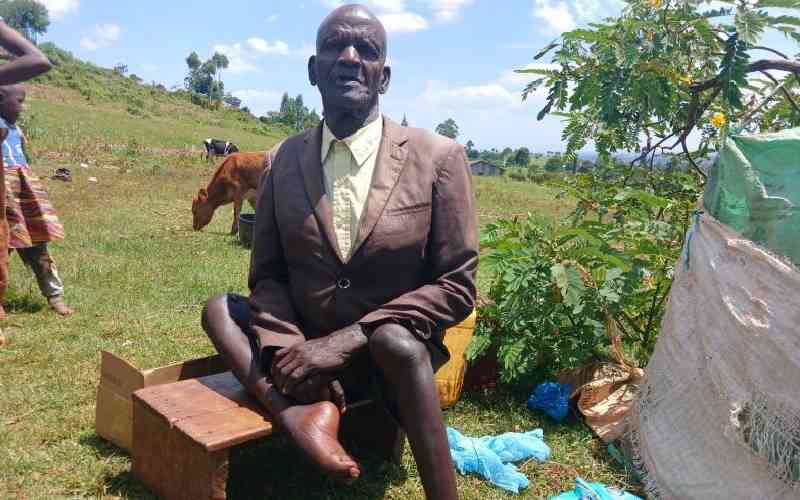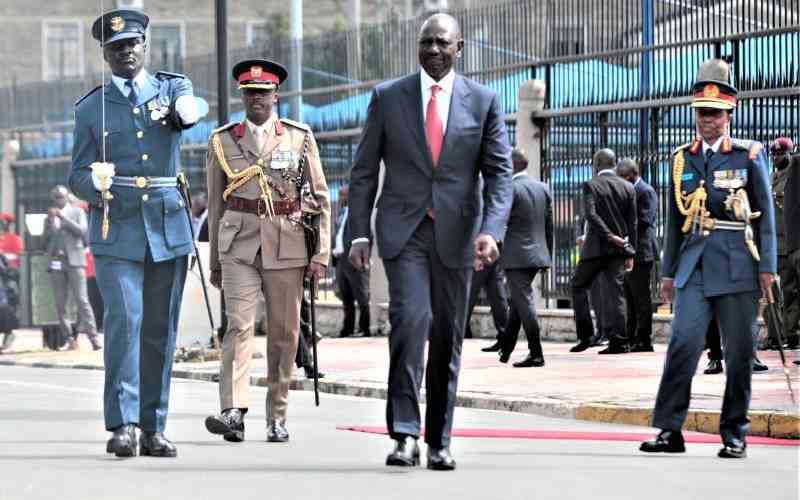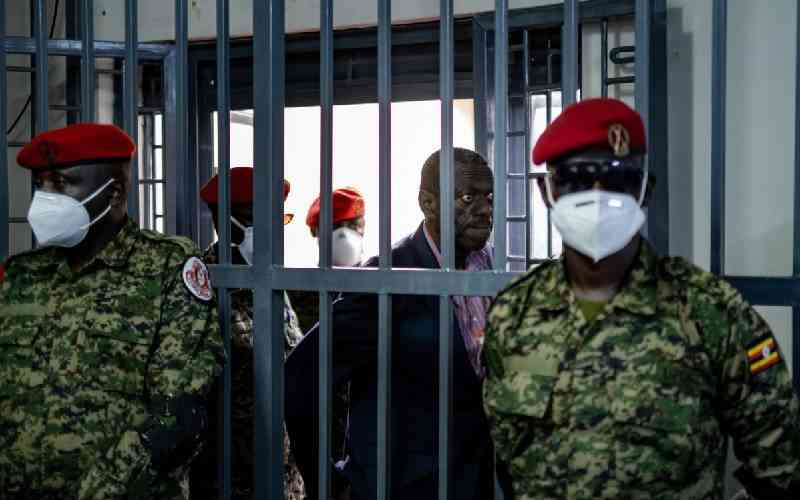By Wachira Kigotho
A large number of children whose families were displaced from their homes in 2007/2008 post-election violence are some of the 28 million children globally who are out- of- school as a result of political conflict and armed violence.
According to the Unesco’s report, The Hidden Crisis: Armed Conflict and Education, culture of impunity has robbed many children of secure home environment and access to education.
"Granted that societies cannot build peaceful communities overnight, there is no justification for the attacks on children, the widespread of sexual violence on girls and destruction of school facilities," says Unesco Director- General Irina Bokova.
The report argues violent conflict in many countries has not just destroyed school infrastructure but also children’s hopes and ambitions. Amid armed conflict in many developing countries, the report identifies 21 countries that are spending more on military hardware than on primary education. Such countries in Sub-Saharan Africa include Chad, Ethiopia, Burundi, Democratic Republic of Congo, Uganda and Angola.
30 per cent
But the most worrying situation is that the global snapshot of internally displaced persons has been on upward swing.
However, commenting on status of education of Kenya’s internally displaced persons, the report says primary school participation rates stand at 70 per cent and less than 30 per cent for secondary education.
Unlike refugees that are recognised under the international legal framework of the United Nations Convention relating to the Status of Refugees 1951, responsibility for the IDPs lies with national authorities that are often implicated in displacement and violations of human rights.
"Subsequently, IDPs are less visible and more marginalised and their children are unable to study or do homework in tent uneven floors," says the report. In such instances, IDPs’ children are deemed to be getting unequal access to education in comparison to other societal groups.
Besides worries of children in difficult circumstances getting too little education, the Unesco 2011 Global Monitoring Report, warns that whereas the number of children out of school has been declining the momentum towards universal primary education is equally falling apart, especially in Sub-Saharan Africa.
The issue is that numbers of school-age children out-of-school have been rising in several countries in Sub-Saharan Africa. Countries with over one million schools-age children out of school include Kenya, Ethiopia, Tanzania, Nigeria and Mozambique.
But projections from the World Bank indicate by 2015, Kenya will have about 600,000 schools-age- children out of school. "But the sad thing is that most children who are currently out- of- school will never enrol," says the report.
The report pinpoints that few countries in Sub-Saharan that are on track to achieve by 2015 the six Educations for All (EFA) goals that 160 countries signed up to in 2000. "Although there has been progress in many areas, most of the goals will be missed by a wide margin," said Bokova when she launched the report recently in Paris.
Stay informed. Subscribe to our newsletter
A critical goal that Kenya will ultimately miss is that of providing quality primary and secondary education. According to the report, the emerging pattern is that household circumstances weigh heavily on differences in learning achievement.
According to a recent study by Unesco’s Southern and East African Consortium for Monitoring Education Quality (SACMEQ) in Kenya, only 50 per cent of the poorest children in Standard Three could read a Standard Two Kiswahili text compared to over 75 per cent of the richest pupils.
"The issue is that most of pupils from rich backgrounds were found to have obtained extra tuition in Kiswahili," says the report.
Reading skills
Besides, characteristics of a school that a pupil attends were found to play a significant role in determining learning achievement. Comparing reading skills in different schools, researchers found pupils in public schools were inferior to those from private schools. "Nevertheless, private schools may outperform public schools not because the offer better education, but because they are recruiting from wealthier households," says the report.
According to the report, in Kenya, only five per cent of pupils in private schools come from the poorest 20 per cent of households. "Subsequently, private schools were found to have better learning resources than public schools, partly because of the parents ability to make financial contributions" says the report.
Commenting on the Kenyan case, the report says narrowing academic gaps can be achieved by improving quality of schools countrywide. Elsewhere smaller and medium size classes were found to be more effective in improving learning achievement.
But according to the report, getting children into school is not enough but progress, retention and completion must be backed by highly motivated teachers. However, this is not happening in Kenya where learning outcomes have been compromised by chronic teacher absenteeism. Unesco blames the Ministry of Education for transferring responsibility of teacher timekeeping to weak school head teachers.
"Teacher management systems need to be strengthened especially in resource poor areas, as teacher absenteeism is often greatest in schools serving the poorest and the most vulnerable," says the report.
The report identifies high teacher absenteeism in schools in North Eastern Province in addition to having least experienced teachers.
Even as the Government abolished school fees and introduced capitation for textbooks and other learning resources in public primary schools, educational researchers have found that only eight percent of pupils in schools in North Eastern Province have their own core textbooks in mathematics compared to 44 per cent in Nairobi.
"Most public and low cost private schools in the rural areas and urban slums also lack desks, blackboards and chairs and are not conducive to learning," adds the report.
 The Standard Group Plc is a
multi-media organization with investments in media platforms spanning newspaper
print operations, television, radio broadcasting, digital and online services. The
Standard Group is recognized as a leading multi-media house in Kenya with a key
influence in matters of national and international interest.
The Standard Group Plc is a
multi-media organization with investments in media platforms spanning newspaper
print operations, television, radio broadcasting, digital and online services. The
Standard Group is recognized as a leading multi-media house in Kenya with a key
influence in matters of national and international interest.
 The Standard Group Plc is a
multi-media organization with investments in media platforms spanning newspaper
print operations, television, radio broadcasting, digital and online services. The
Standard Group is recognized as a leading multi-media house in Kenya with a key
influence in matters of national and international interest.
The Standard Group Plc is a
multi-media organization with investments in media platforms spanning newspaper
print operations, television, radio broadcasting, digital and online services. The
Standard Group is recognized as a leading multi-media house in Kenya with a key
influence in matters of national and international interest.









